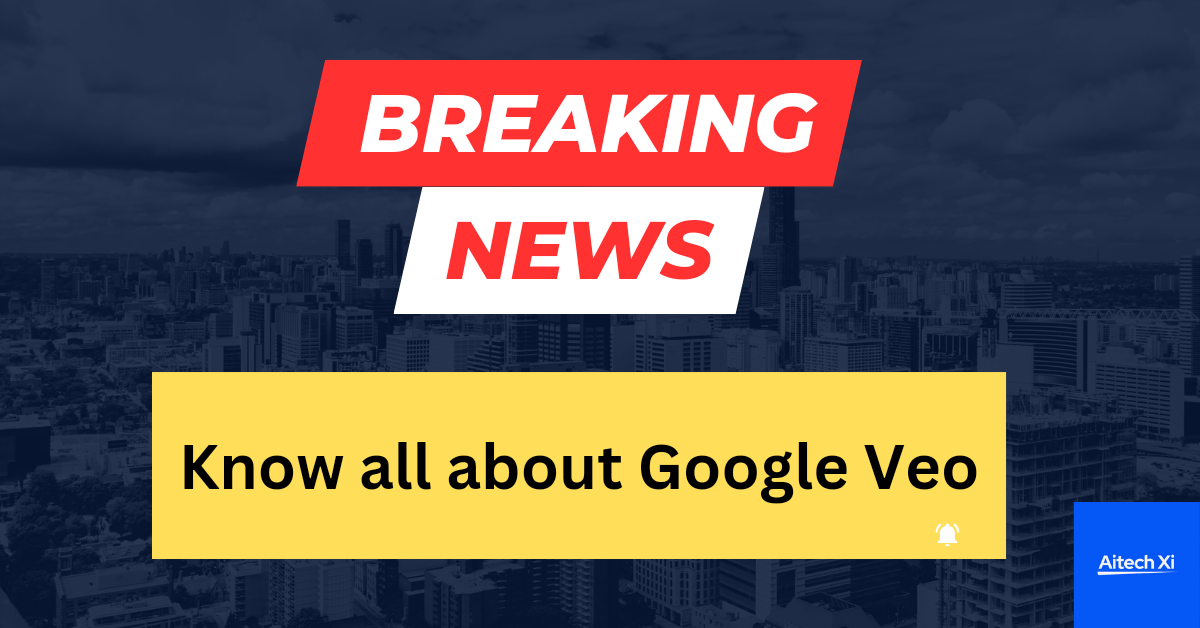Since its announcement at Google I/O 2024, Google Veo has been generating a lot of buzz in the creative community. Touted as Google’s “most capable generative video model to date,” Veo promises to revolutionize how videos are made, particularly for content creators. But with limited access currently, is Veo all it’s cracked up to be? Let’s take a peek into what we know so far.
What is Veo?
Veo is an AI-powered video generation tool that allows users to create videos from text descriptions. It goes beyond simple image generation, offering the ability to specify camera angles, lighting, and even cinematic styles within your prompts. This means creators can potentially script entire video scenes with detailed instructions for Veo to translate into high-quality video outputs.
What are Veo’s Strengths?
Based on what Google has revealed, Veo boasts several key strengths:
- Unmatched Control: Compared to previous models, Veo offers a high level of control through detailed prompts. Users can specify elements like camera movement, scene transitions, and even the emotional tone of the video.
- Improved Quality: Early demonstrations showcase impressive video quality with realistic rendering and smooth animation. Veo seems to excel at maintaining consistency and detail throughout the generated video.
- Accessibility: The ability to understand prompts in various formats (text, image, or video) makes Veo potentially user-friendly for both beginners and experienced creators.
What are the Limitations (for now)?
As Veo is still under development and not widely available, it’s difficult to assess its full capabilities. However, some potential limitations exist:
- Limited Access: Currently, Veo is only accessible through a waitlist for Google Labs’ VideoFX tool. There’s no confirmed date for a public release.
- Learning Curve: While Veo aims to be user-friendly, mastering effective prompt writing for complex videos might require practice and experimentation.
- Ethical Considerations: As with all AI-generated content, ethical concerns regarding potential biases and misuse of the technology need to be addressed.
The Verdict: A Promising Future for Video Creation
Despite limitations in accessibility, Google Veo presents a glimpse into a future where AI significantly aids video creation. Its potential for streamlining workflows, enhancing creativity, and democratizing video production is undeniable. While it may not replace traditional video editing entirely, Veo has the potential to become a valuable tool for content creators of all levels.
It’s important to note that Veo is still under development, and its full capabilities and limitations remain to be seen. However, based on what we know so far, it’s safe to say that Veo is a significant step forward in AI-powered video generation. We eagerly await its wider release and the creative possibilities it will unlock.
“This article was written by Gemini, a large language model from Google AI.”

